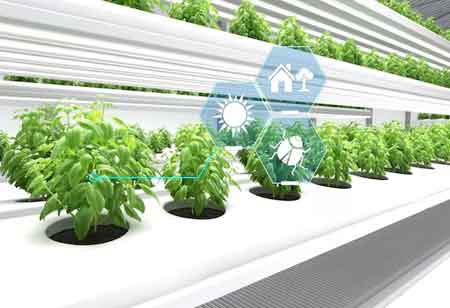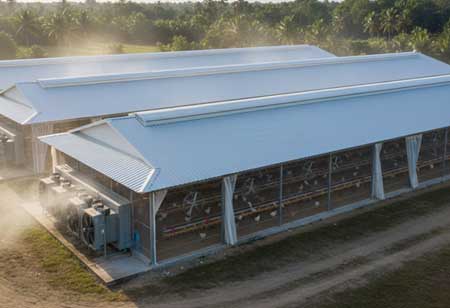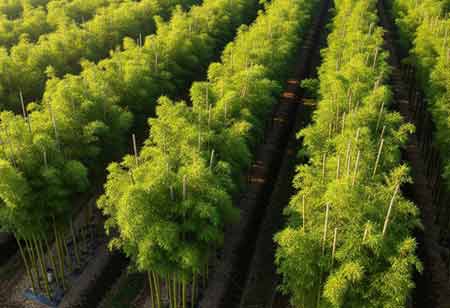Thank you for Subscribing to Agri Business Review Weekly Brief
Major AI Trends In AgTech
The power of AI has reorganized agriculture, and this exploration has considerably influenced the food and agricultural sector operations

By
Agri Business Review | Tuesday, November 29, 2022
Stay ahead of the industry with exclusive feature stories on the top companies, expert insights and the latest news delivered straight to your inbox. Subscribe today.
The power of AI has reorganized agriculture, and this exploration has considerably influenced the food and agricultural sector operations.
Fremont, CA: The world is growing with the technology from progressing toward something larger daily. The AgTech sector has developed drastically over the previous decade and continues to develop steadily year after year. However, the AgTech industry has only accelerated even in these trying circumstances.
Artificial intelligence has given agriculture efficient instruments and techniques for practice, growing the global degree of potential. The power of AI has reorganized agriculture, and this exploration has considerably influenced the food and agricultural sector operations. Technology has changed how farmers observe food and has made customers more mindful of their intake and food quality standards.
AI has streamlined people's lives through data-driven simplicity, making tough problems appear frankly. Agriculture is no more a picture from the past; the colors, brushes, and canvas have all changed dramatically. Ideas such as indoor farming, vertical farming, and hydroponics have made us wonder what else modern technology might do in agriculture.
CARBON SEQUESTRATION
When carbon sequestration, also called Carbon Capture and Storage (CCS), is practiced, it presents several benefits. These benefits decrease climate-related harm to human health and help maintain soil fertility and health. Soil carbon accumulation raises soil particle aggregation, water retention, microbial activity, nutrient cycling, and other fundamental soil processes, improving soil fertility and production.
EDGE COMPUTING IN AI FOR AGTECH
Edge computing allows the generation and collection of data essential to offer solutions much closer to the source while letting some data processing activities act on the edge devices themselves.
The most important advantage edge computing has brought to agriculture in recent years is remotely tracking distinct elements of a farm's agricultural activity. Sensor networks, varying from a few erratically placed sensors to thousands of linked devices, measure variables like soil, weather, humidity, temperature, acidity, and pH.
PLANT GENE EDITING
Agricultural genome editing technologies let scientists modify DNA, bringing on changes in physical traits like plant color and disease risk. Genome-editing tools are developed biotechnological procedures that allow accurate and effective aimed change for an organism's genome.





